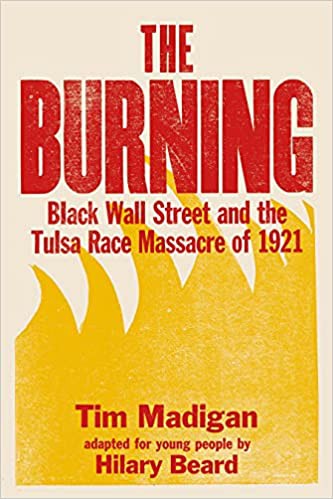2018 School Spending Survey Report
The Burning (Young Readers Edition): Black Wall Street and the Tulsa Race Massacre of 1921
Holt.
May 2021.
320p.
adapted by adapted by Hilary Beard.
Tr $19.99. ISBN 9781250787699.
COPY ISBN
VERDICT Though the work is at times weighty and narratively dense, confronting this history is the only way we can move forward to a just, antiracist future. Recommended.
ALREADY A SUBSCRIBER? LOG IN
We are currently offering this content for free. Sign up now to activate your personal profile, where you can save articles for future viewing





Be the first reader to comment.
Comment Policy:
Comment should not be empty !!!